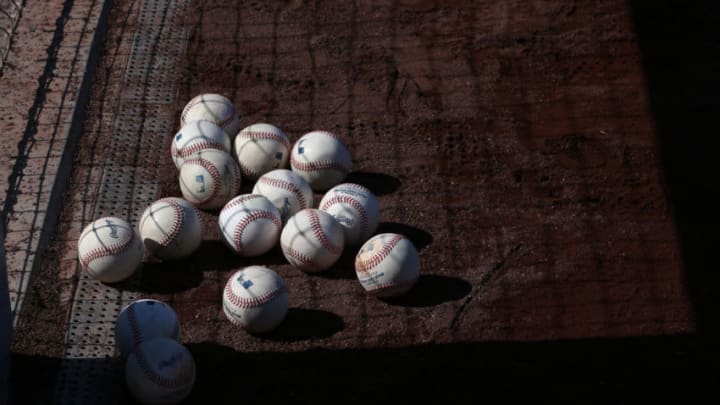
You might be surprised at which Atlanta Brave might be impacted the most from a ‘deader’ baseball in 2021.
And we thought “chicks dig the long ball”. The Atlanta Braves hit more homers than any major league team in 2020 except for the Dodgers: it was an offensive explosion not seen in decades for this franchise.
Yet for all that excitement and run-scoring, MLB seems determined to scale it all back this year: we might be heading for a new ‘dead ball era’… 21st century style.
From a report by Eno Sarris and Ken Rosenthal in TheAthletic on Monday (subscription required), an internal MLB memo sent to teams discusses changes to the baseball that are intended to make baseball fly shorter distances overall.
The changes are these:
- Balls with more consistent — and lower — Coefficients of Restitution (COR). In short, this means “less bouncy”.
- Being slightly less weighty (roughly 2.8 grams). This might actually counter the COR change somewhat, though the report suggests that it won’t fully do so.
- More humidors. More on that in a bit.
Here’s the bottom line — at least for now (emphasis added):
"The MLB memo includes a footnote that says an independent lab found that fly balls that went over 375 feet lost one to two feet of batted ball distance with the new ball. That also sounds like no big deal, but every 3.3 feet of distance increases the likelihood of a home run by ten percent. An analyst familiar with the physics and math of this situation said the relationship was linear enough to estimate that this change will reduce home run rates by around five percent."
So a 20 homer hitter will instead hit just 19 over the course of a season? We could probably live with that… if those numbers are accurate. But that’s not necessarily the right way to read the numbers. We’ll discuss that in a bit, too.
